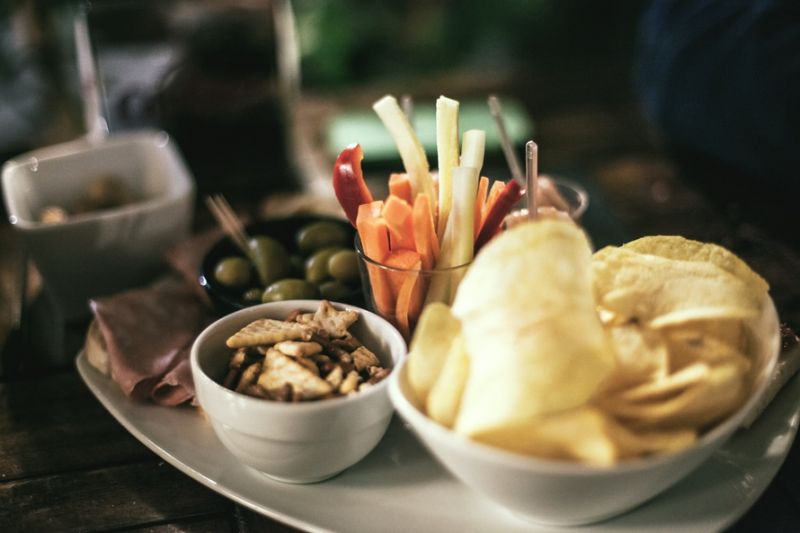The secret is out. Bristol’s thriving food and drink scene is officially big news.
From The Spectator extolling the virtues of the Bristol’s top restaurants to local writer Fiona Beckett praising the brewing scene in The Guardian, journalists are catching on to what us Bristolians have known for ages – the city is a great place to get some grub.
But it’s not all rosy. 2018 has already seen a spate of closures and financial difficulties for food and drink businesses across Bristol.
Ceres on Stokes Croft, which began as a cafe, now opens for dinner after struggling with its VAT bill.
Polpo on Whiteladies Road ceased trading in January, while its sister company Spuntino shut up shop in May just a year after opening.
The industry will always be competitive and challenging but there are things you can do to make you better prepared to survive tough times.
Managing cashflow should be top of this list. Healthy cashflow not only means you have funds to cover day-to-day costs but also gives you the platform to improve your business.
However, despite the importance of good cashflow, food and drink businesses find it difficult, with 1 in 6 business owners saying it’s their biggest concern.
With that in mind, here are some tips to keep your cashflow under control.
Create a cashflow forecast
This is the amount of money you expect to come in and out of your business, usually in the next year.
It’s made up of 3 elements:
- what you are owed
- what you owe
- any shortfalls.
Food and drink businesses often have busy and quiet periods which can complicate cashflow management.
Your forecast will pinpoint troughs in your cashflow well in advance. You can then arrange extra finance or make sure you have cash reserves to cover these dips.
Many accounting software packages can create cashflow forecasts or we can also produce for you.
Many restaurants and pubs struggle to have a firm grasp of their business performance in real-time. All too often they are trying to predict the future using out of date figures.
Using cloud accounting software, such as Xero, will enable you to see your latest figures. Apps, which link to your figures in Xero, such as Spotlight Reporting, will help you plan ahead.
Tackle late payments
45% of businesses in the food and drink sector with a late payment problem say it affects cashflow.
To address this:
- set out clear payment terms
- invoice promptly
- put a system in place to chase those who don’t pay on time.
Automating your invoice chasing can be very effective, saving you time and bringing in the cash more efficiently. Apps such as Chaser which can link with your online accounting software allow you to politely remind customers to pay.
Making it easy for customers to pay could also help. For example, if you sell your products online, you could take payments by PayPal. Although with any payment method you’ll also need to consider any extra costs for you.
Manage your stock
Consistent and regular inventories will help you avoid spending cash unnecessarily.
Conducting your inventory at a set time and day (or days for items with a short shelf life or high turnover) will minimise fluctuations between stock takes.
You can improve accuracy by doing your inventory when your business is closed and there are no deliveries.
If you need funds quickly or you have items due to go out of date, try a promotion to shift old stock.
Negotiate terms with suppliers
Building a relationship with suppliers will help you agree longer payment terms. Having more time to pay your debts will give you greater flexibility when managing your money.
Need a hand?
We help restaurant owners and those working in the food and drink industry with all areas of their business – not just the numbers.
Get in touch to see how you can get your weekend back.


